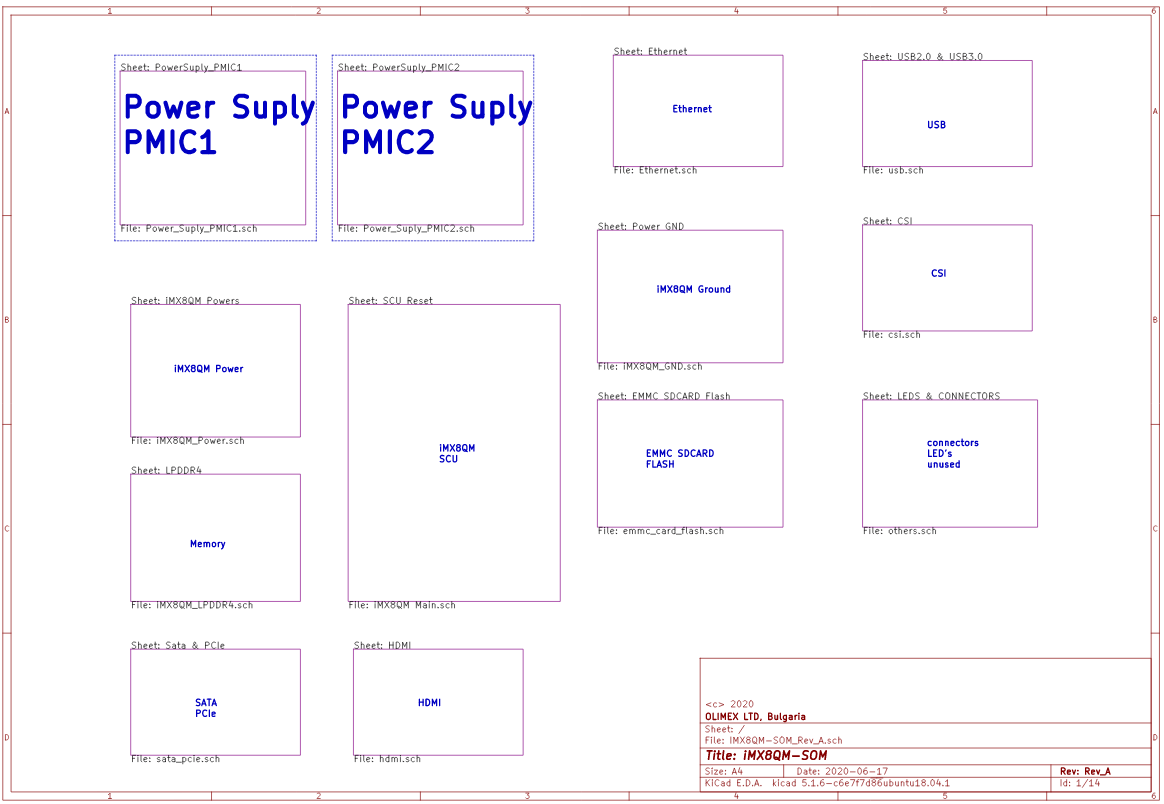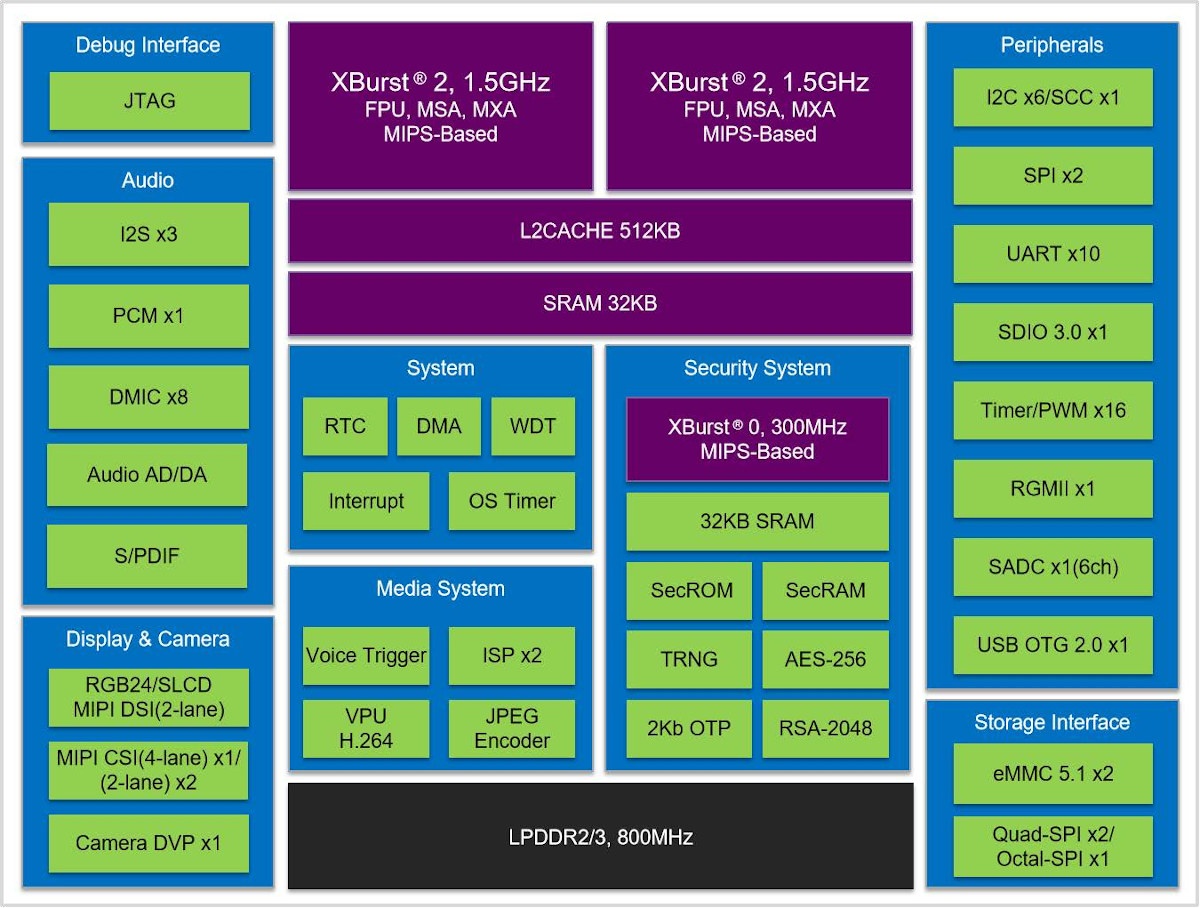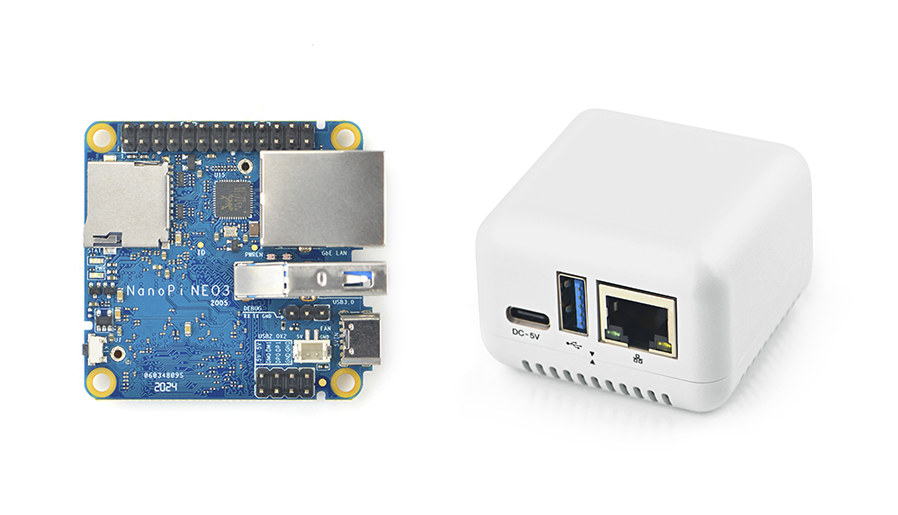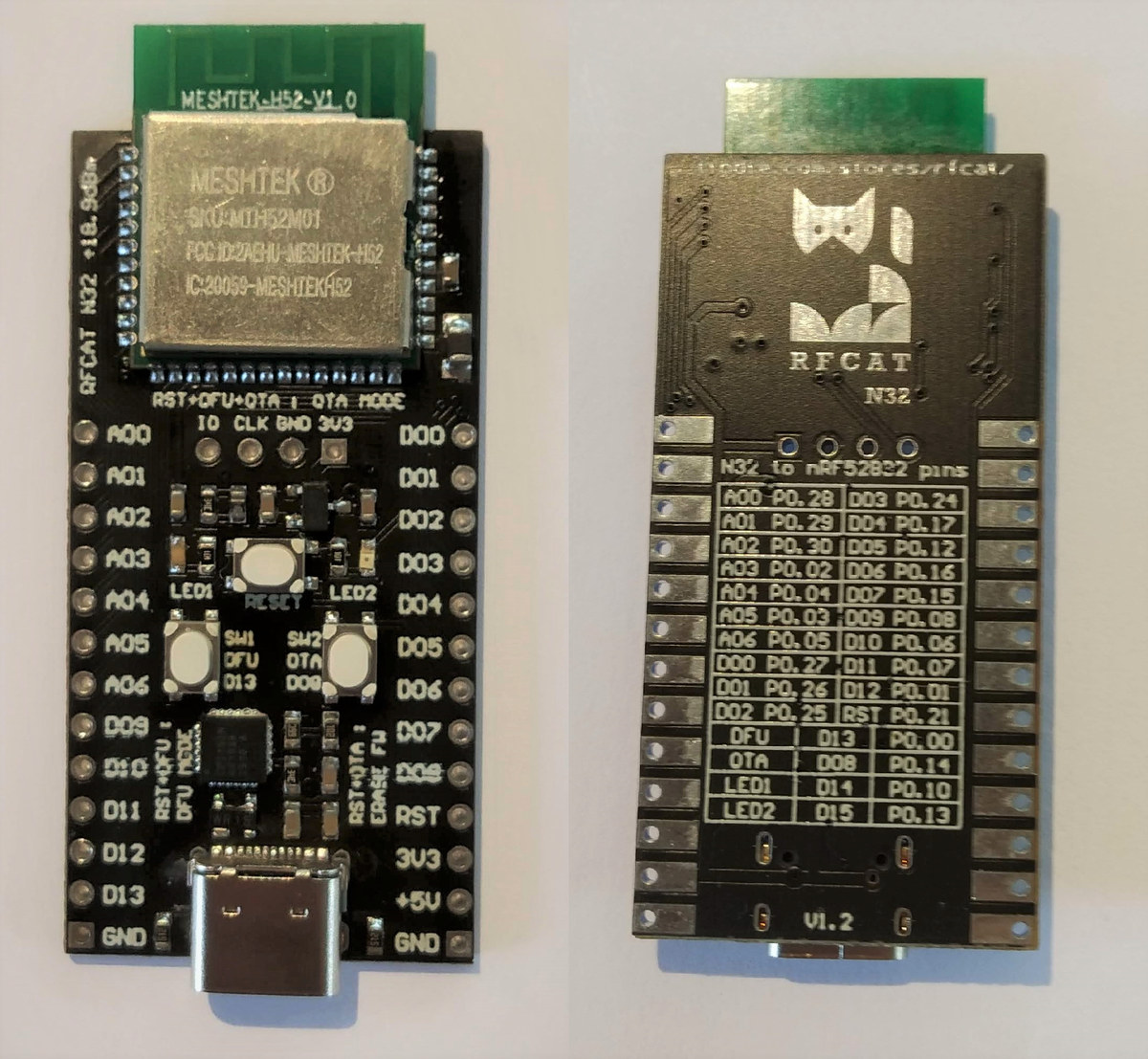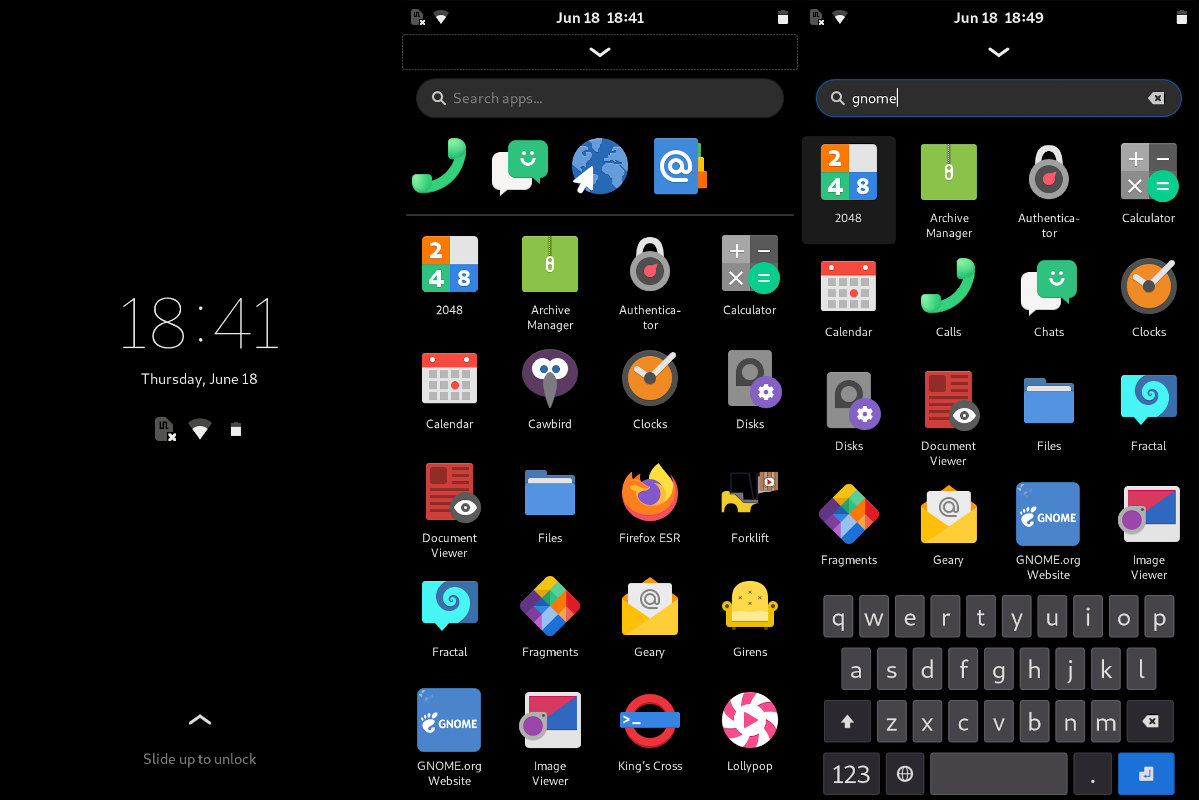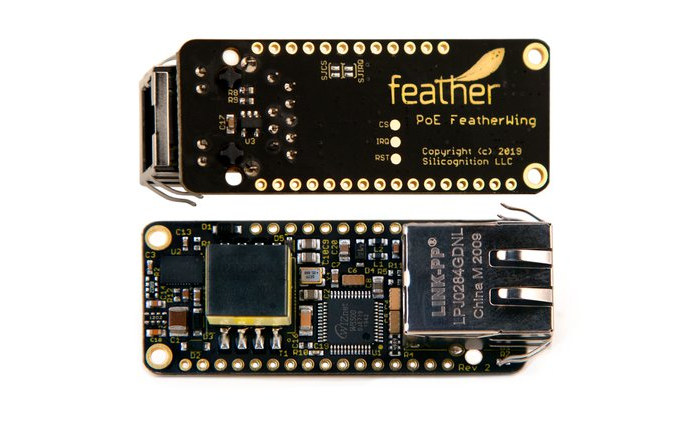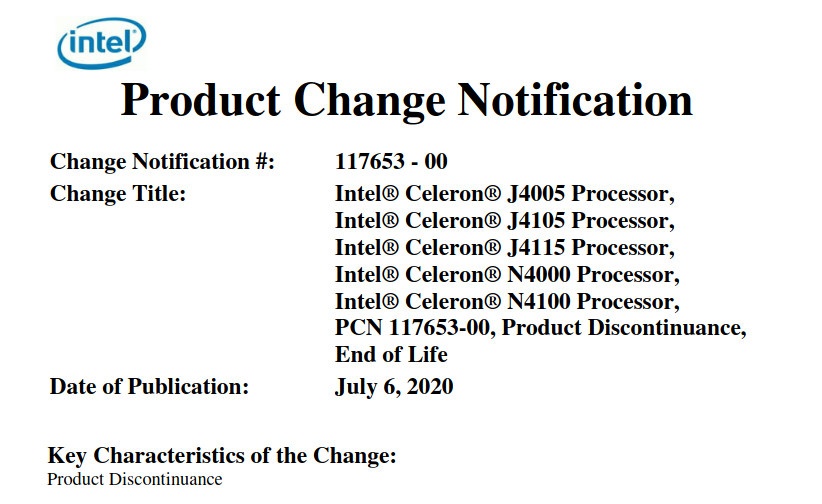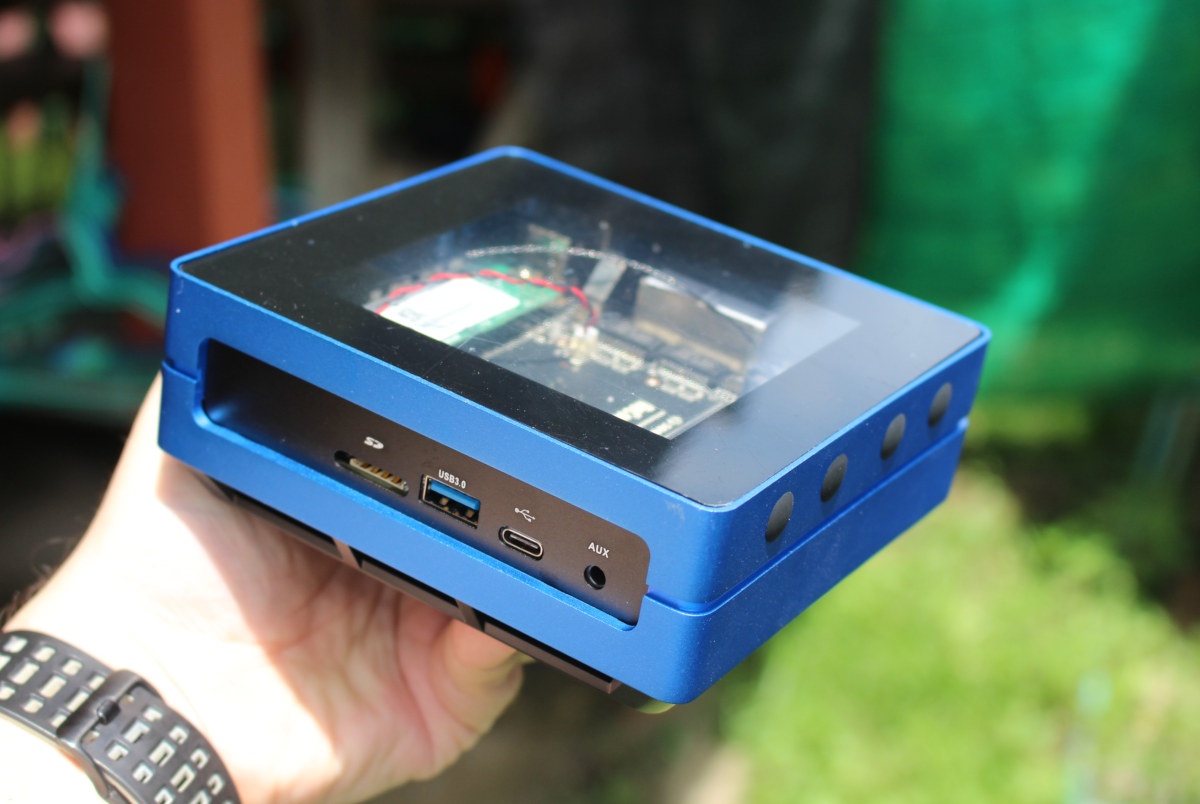[Update: The European company that initiated the project is Ignitial based in the west of France. So while we refer to the board as Olimex Tukhla in the post, it will be offered as Ignitial Tukhla once it becomes available] Most open-source hardware Arm Linux SBCs are optimized for cost, and there are few higher-end boards with extensive connectivity designed for professionals. Beagleboard X15 would be one of the rare examples currently available on the market, but it was launched five years ago. One European company noticed the void in this market and asked Olimex to develop a high-end open-source Linux board with a well-documented processor. They ruled out RK3399, and instead went Olimex Tukhla SBC will be powered by NXP i.MX 8QuadMax, the top processor of i.MX 8 family with two Cortex-A72 cores, four Cortex-A53 cores, and two real-time Cortex-M4F cores. As you can see from the screenshot above, […]
Ingenic X2000 IoT Application Processor Combines 32-bit MIPS Xburst 2 Cores with Xburst 0 Real-time Core
In Arm’s world, heterogeneous processors are pretty common, with for example big.LITTLE / dynamIQ application processors mixing powerful Cortex-A7x cores with power-efficient Cortex-A5x cores., or “industrial” processor such NXP i.MX 8M family with Cortex-A53 application cores combined with Cortex-M4F real-time core. Maybe I did not follow enough, but I hadn’t really seen anything equivalent in MIPS world, except if we count Ingenic T31 with RISC-V and MIPS cores. That is until today where I was informed about documents related to Ingenic X2000 IoT application processor with two 32-bit MIPS Xburst 2 core, one MIPS Xburst 0 real-time cores, as well as up to 256MB RAM built-into the SoC. Ingenic X2000 specifications: CPU Core – Dual XBurst 2, MIPS ISA based, frequency up to 1.5 GHz with 32KB L1 x2 Cache, 512KB L2 Cache, 32KB SRAM, FPU,128bit SIMD MCU Core – XBurst 0 MIPS core @ 300MHz for security and real-time […]
NanoPi NEO3 Headless SBC Launched for $20 and up
Last month, we found out FriendlyELEC was working on NanoPi NEO3, a tiny SBC powered by Rockchip RK3328 processor and made for headless applications and networked storage thanks to Gigabit Ethernet and USB 3.0 ports, as well as a 26-pin GPIO header. At the time, the board was still been finalized, but the company has now started to take orders for $20 and up depending on options which include a cute white enclosure.. Here’s a quick reminder of NanoPi NEO3 specifications: SoC – Rockchip RK3328 quad-core Arm Cortex A53 processor with Mali-450MP2 GPU System Memory – 1GB or 2GB DDR4 Storage – MicroSD Slot for system boot and storage Video Output – N/A Connectivity – Gigabit Ethernet with unique MAC via RTL8211E PHY USB – 1x USB3.0 Type-A port, 2x USB2.0 on 2.54mm 8-pin header Expansion – 26-pin header with I2C, UART, SPI, I2S, GPIO Debugging – 3-pin header for […]
RFCat N32 Long Range nRF52832 Bluetooth Board Delivers 30x the Transmission Power with an Amplifier
Bluetooth 5.0 has two main new features: high speed (2Mbps) and long-range. But as we’ve seen in our nRF52840 vs nRF52832 vs nRF52810 comparison is that only nRF52840 supports Bluetooth 5.x long range. Bluetooth 5 long range is achieved with two new lower bit rates of 500 kbps and 125 kbps. So what do you do if you’d like a longer range and keep using the higher bit rates? You add a power amplifier and LNA to your board, and that’s exactly what Nikolaj (RFCat) did with RFCat N32 board based on Nordic Semi nRF52832 wireless SoC. RFCat N32 board specifications: Wireless module – Meshtek-H52 Smart Mesh Module with integrated PCB antenna based on Nordic Semi nRF52832 Arm Cortex-M4F Bluetooth 5-ready SoC (See datasheet) Skyworks RFX2401C PA &LNA with 18.9dBm TX gain and 11dBm RX gain USB – 1x USB-C port for power, programming and debugging via CP2102N USB to […]
Debian based Mobian Linux OS Brings Librem 5 Phosh Shell to Pinephone
2020 is the year of the Linux phone. Sort of… At least, we now have smartphones that ships with Linux thanks to PinePhone and Librem 5, and several Linux mobile operating systems with Ubuntu Touch based UBPorts, postmarketOS, and others. Mobian is another Linux distribution which as its name implies is based on Debian and targets mobile devices. Interestingly, the project relies on Purism Phosh phone shell/user interface used in Librem 5, but the first Mobian image has been released for PinePhone with plans for PineTab and Librem 5 support coming later. Mobian supports a nice list of apps include Chromium, Firefox ESR, Calls, Files, Telegram messaging app, MPV media player, GNOME 2048, and more 3D graphics works, you can make phone calls, browse the web, and use GPS/GNSS applications, but it’s still work in progress as for example, USB and the camera does not work, the phone may take […]
PoE FeatherWing Brings PoE, Unique MAC Address to Adafruit Feather Boards (Crowdfunding)
[Update: In the initial version of this post, Giant Board was wrongly attributed to Silicognition LLC (Patrick Van Oosterwijck). It was actually made by Groguard] Silicognition LLC (Patrick Van Oosterwijck)’s PoE FeatherWing is an expansion board that adds PoE support to Adafruit Feather boards and can handle up to 4 Watts of power. The expansion board also comes with a built-in globally unique MAC address. It’s similar to the official Ethernet FeatherWing, but with the addition of PoE and a unique MAC address. PoE FeatherWing key hardware features and specifications: WIZnet W5500 Ethernet controller up to ~13 Mbps Microchip 24AA02E48 2 Kbit serial EEPROM with built-in globally unique MAC address to avoid having to change and recompile the code for each device. Power Isolated IEEE 802.3at Class 1, Mode A and Mode B Power over Ethernet (PoE) with up to 4W of output power available via an RJ45 Ethernet port […]
Intel Issues Product Discontinuance Schedule for Gemini Lake Processors
Intel Gemini Lake low power processors based on Goldmont Plus architecture were announced in 2017 as successors of Apollo Lake family with the official launch in 2018 fairly quickly followed by a supply shortage… But the processors have still been used in plenty of sub-$250 mini PCs, and some SBCs like ODROID-H2 or ODYSSEY-X86J4105, as well as a few laptops. More recently, the company announced Gemini Lake Refresh family, but to my surprise, Intel has already issued several product discontinuance notices for the several Gemini Lake (Refresh) processors. Affected Gemini Lake processors include: PCN117653-00 Intel Celeron J4005, J4105, J4115 Intel Celeron N4000, N4100 PCN117657-00 Intel Celeron Processor N4000C Intel Pentium Silver J5005, Intel Pentium Silver N5000 Intel has two end-of-life notifications because the schedule is slightly different: PCN117653-00 Product Discontinuance Program Support Begins: July 6, 2020 Product Discontinuance Demand To Local Intel Representative: October 9, 2020 Last Corporate Assurance Product […]
ODYSSEY-X86J4105 SBC Unboxing and Re_Computer Case Review
Seeed Studio ODYSSEY-X86J4105 is an Intel Celeron J4105 Gemini Lake SBC that also happens to integrate an Arduino compatible Microchip SAMD21 Arm Cortex M0+ microcontroller that makes it suitable as an all-in-one Arduino platform. But it can do much more with 8GB RAM, an optional 64GB eMMC flash, HDMI & USB-C DisplayPort 4K video outputs, dual Gigabit Ethernet, and support for both SATA and NVMe storage. The board runs Windows 10 Enterprise by default (if you purchase the board with an eMMC flash), and supports Linux distributions as well. Seeed Studio sent me a review sample, so I’ll start by checking out the hardware first. ODYSSEY-X86J4105 Unboxing I received ODYSSEY-X86J4105864 with a built-in 64GB eMMC flash pre-loaded with Windows 10 Enterprise. Let’s have a quick look at the board with USB, Ethernet and video output ports previously described, as well as built-in dual-band Wi-Fi 5 & Bluetooth 5.0 module, and […]

